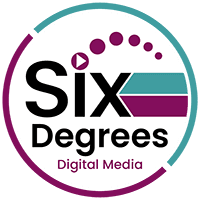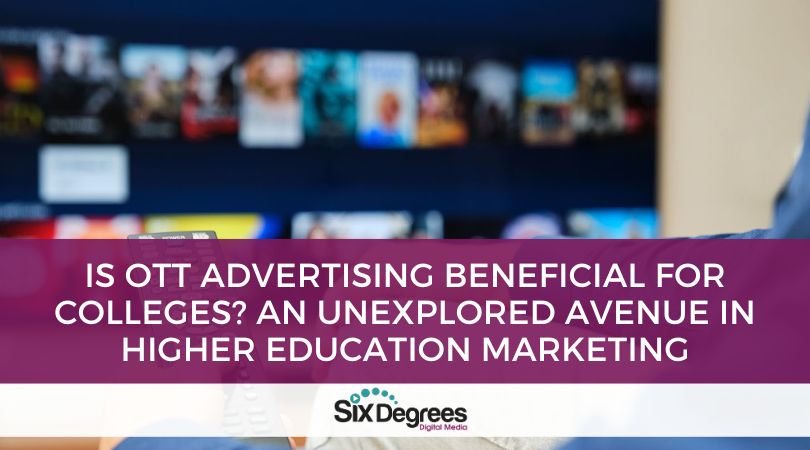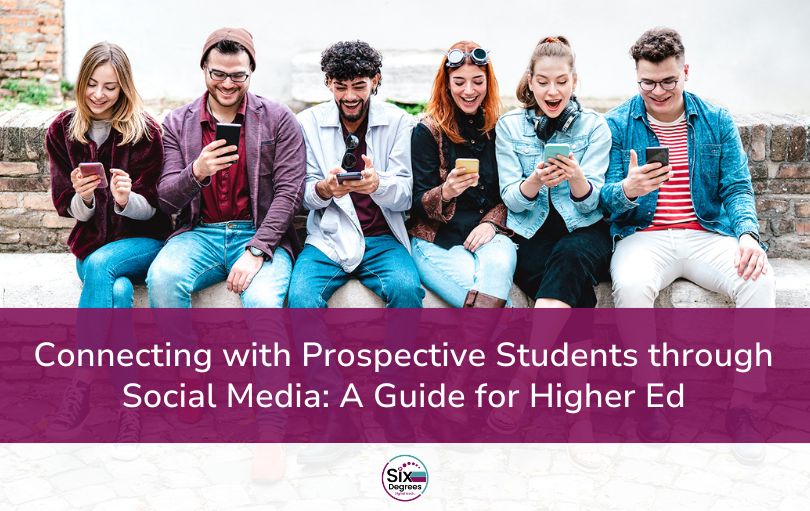As the digital world continues to evolve, Over-The-Top (OTT) advertising has grown exponentially, rapidly transforming how businesses and institutions reach their audiences. Colleges and universities are always in search of innovative ways to attract prospective students, and OTT advertising may just be the right solution.
First, let’s define OTT. Over-The-Top refers to content providers that distribute streaming media directly to viewers over the internet, bypassing traditional cable or satellite pay-TV platforms. Since its inception in the mid-2000s, with companies like Netflix pioneering the space, OTT platforms have soared in popularity. Today, there’s a growing roster of OTT platforms such as Amazon Prime, Hulu, Disney+, Peacock, and many more. This trend is only set to continue as more consumers cut the cord and opt for internet-based entertainment.
OTT advertising comes into play here, presenting ads directly on these streaming platforms. Unlike traditional television advertising, OTT ads can be targeted, personalized, and most importantly, they are not skippable. This makes it an exciting avenue for marketers, including those in the higher education sector.
OTT advertising costs can vary depending on various factors, such as the streaming platform, ad format, ad length, and the specific audience you want to reach. As of my knowledge cutoff in September 2021, a rough estimate would be anywhere from $10 to $30 per thousand impressions (CPM). However, as the industry is dynamic, it’s important to check the most recent rates.
So, how can OTT advertising reach the target demographic for colleges? Current data indicates that the majority of OTT users fall into the 18-34 age bracket, which aligns perfectly with the college and university audience. OTT platforms’ ability to use advanced algorithms based on viewing habits, interests, location, and more, allows for precise targeting. This means colleges can reach high school students interested in similar subject matters or prospective mature students looking to further their education.
OTT advertising also boasts a much higher engagement rate compared to traditional advertising channels. The non-skippable nature of OTT ads results in higher completion rates, meaning your entire message is more likely to be viewed. This increased engagement, combined with the precise targeting, could lead to higher conversion rates for student applications.
Moreover, OTT platforms often offer detailed analytics and measurable results. You can track impressions, clicks, conversions, and even measure the impact of your ad on brand searches. This data is invaluable, helping institutions adapt and optimize their marketing strategies based on actual performance.
Additionally, OTT advertising has the potential to enhance the storytelling capacity of higher education institutions. With more room for creativity, colleges can showcase their campus life, academic programs, and success stories in high-quality video formats, making a memorable impression on potential students.
However, while the benefits are clear, it’s important to consider the challenges. Creating compelling video content requires time, resources, and expertise. The ad must also be compatible with various device formats, from smart TVs to mobile devices. Plus, while the OTT space isn’t as crowded as traditional media, there is growing competition as more advertisers recognize its potential.
To conclude, is OTT advertising beneficial for colleges? The evidence certainly suggests so. OTT advertising offers an innovative and effective way for higher education institutions to reach their target demographics with precision and engagement that traditional advertising methods struggle to match. It also allows colleges to tell their story in a compelling manner and to measure the direct impact of their advertising efforts.
As OTT continues to grow, colleges and universities that stay ahead of the curve by adopting such innovative marketing strategies will likely see their investment pay off in attracting new students and reinforcing their brand’s presence in the evolving digital landscape. However, like any marketing strategy, it should be well-researched, carefully planned, and meticulously executed.
By exploring OTT advertising as a part of a diverse and comprehensive marketing plan, colleges can effectively stay connected with the younger demographic who are increasingly consuming content in new, technologically advanced ways.
This is the digital age, and with OTT advertising, higher education institutions have the chance to ride the wave of the future. With the right approach, OTT could be the game-changer in higher education marketing. If you need a new marketing approach for your college, schedule a free strategy session with us today.






